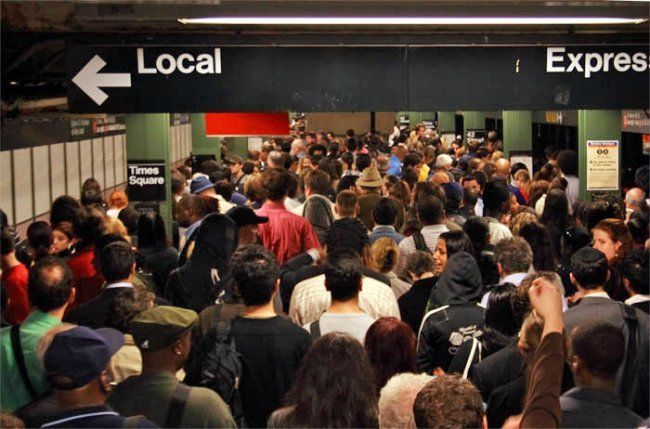Congestion Pricing—Coming to a Neighborhood Near You
Gorman Reilly • March 11, 2019

On April 1st of this year, the deadline for passing the annual budget, New York State’s legislature enacted the Governor’s congestion pricing plan into law, a first anywhere in the nation. A coalition of public transit advocates, of which CIVITAS has been an active member, had been pushing over many years for some form of congestion pricing south of 60th Street in Manhattan. In 2008 the State legislature failed to take action on then Mayor Bloomberg’s congestion pricing proposal. But, some eleven years later, congestion pricing was, as Governor Andrew Cuomo aptly noted, “an idea whose time has come”. Circumstances contributing to that state of affairs were the steadily worsening of gridlock in Manhattan’s central business district and, perhaps more importantly, the deterioration of New York City’s subway system.
In sum, this legislation commits the State, acting through the MTA and its Triborough Bridge and Tunnel Authority, to create a zone south of 60th Street all the way to the Battery where fees will be imposed on motorized vehicles entering the zone. All fees generated will be earmarked for public transportation capital improvements such as: the upgrading of the subway’s antique signal system; station improvements; handicap access. About 80% of generated funds will be allocated to the city’s subway and bus systems; the remaining 20% will go to MetroNorth and the Long Island Rail Road. The twin goals of congestion pricing are: to open up and accelerate the flow of traffic south of 60th Street by discouraging drivers from using their vehicles to enter the zone and opting for public transit instead; to upgrade the public transit system by making it more attractive for new and old users alike. How will congestion pricing work? The details are yet to be hammered out by a newly created Traffic Mobility Board of six members which must make its recommendations by early 2020, in time for congestion pricing to go into effect before the end of 2020. Nonetheless, the broad parameters are already established. It will require
construction of overhead gantries at 60th Street and at other entry points. Cameras will record the license plates of all vehicles crossing the line. In most instances, EZ Pass technology will be used for collection of fees; for non-EZ Pass vehicles a notice for payment will be sent by mail without benefit of any discount.
It is thought that cars will be charged somewhere between $10 and $13 a day, and that trucks will be required to pay about $25. Only one charge per day will be levied on a vehicle, no matter how many times it enters or leaves the zone. Also, vehicles coming through the Midtown or Battery tunnels will be given credit against the congestion pricing fee for tolls already paid. Another escape valve will be provided for any vehicle traveling along either the FDR or the West Side Highway that does not enter the street grid of the congestion zone. In addition, “carve outs” are projected for emergency vehicles and the disabled. Pleas for additional carve outs will be scrutinized carefully. As transportation experts have been quick to point out, the creation of too many exemptions will eviscerate the system’s ability to generate sufficient funds to meet its goal of providing the money needed to improve public transit. You may have noticed that one aspect of the congestion pricing plan is already in effect. Since February of this year taxis have been required to impose a fee of $2.50 for each new ride south of 96th Street; Uber, Lyft and similar car hire services collect a $2.75 fee; and, each rider with Via pays an additional 75 cents. a Congestion pricing south of 60th Street in Manhattan has the potential to be a win-win for all. Clearly, the creation of a substantial, consistent, and recurring source of funds for capital improvements to the city’s ailing subway and bus systems will be a boon to their riders. At the same time, the anticipated drop in the number of cars, trucks and other vehicles south of 60th Street will result in smoother and faster traffic flows that can speed the delivery of goods and services and allow drivers and passengers alike to reach their destinations in a timely fashion and without frayed nerves. Time will tell.

